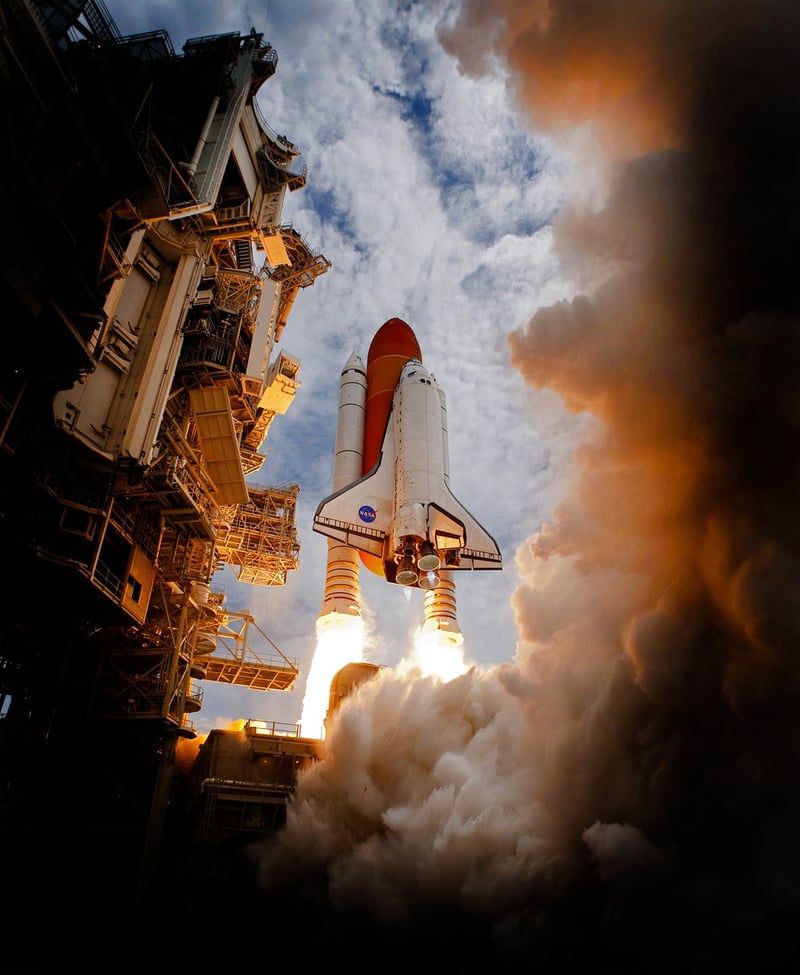Relativistic Speeds
Traveling the Stars at Relativistic Speeds

Exploring the vast expanse of the universe has always been a dream for humanity. The idea of traveling to distant stars and planets, discovering new worlds, and encountering alien life forms has captured our imagination for centuries. While the realities of interstellar travel present numerous challenges, one of the most intriguing concepts is traveling at relativistic speeds.
What are Relativistic Speeds?
Relativistic speeds refer to velocities that are a significant fraction of the speed of light, which is approximately 299,792 kilometers per second. At such speeds, the effects of Einstein's theory of relativity become increasingly pronounced, leading to phenomena such as time dilation and length contraction.
The Challenges of Interstellar Travel
One of the primary obstacles to interstellar travel is the vast distances between stars. Even at relativistic speeds, it would take years, decades, or even centuries to reach neighboring star systems. Additionally, the energy requirements for accelerating a spacecraft to such speeds are immense.
Theoretical Concepts for Faster-Than-Light Travel
While traveling at the speed of light is currently considered impossible due to the laws of physics, scientists have proposed theoretical concepts that could potentially allow for faster-than-light travel. These include ideas like warp drives, wormholes, and Alcubierre drives, which manipulate spacetime to achieve faster-than-light velocities.
The Future of Interstellar Exploration
As technology advances and our understanding of physics deepens, the possibility of one day traveling to distant stars becomes more feasible. Breakthroughs in propulsion systems, energy generation, and theoretical physics could pave the way for humanity to explore the cosmos at relativistic speeds.
While the challenges of interstellar travel are significant, the allure of discovering new worlds and expanding our understanding of the universe continues to drive scientific research and exploration. Who knows what wonders await us as we journey to the stars at relativistic speeds?
